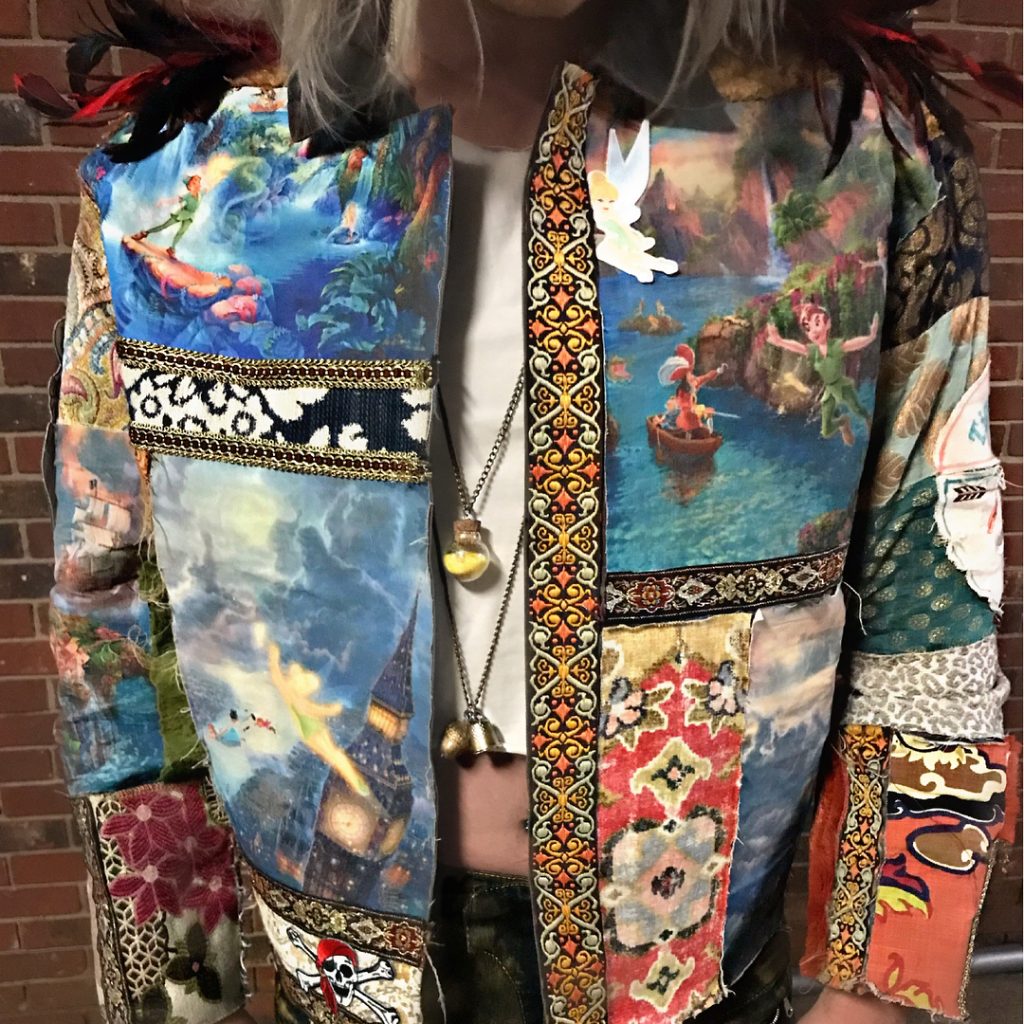
Fashion took on an interesting twist in style when athleisure challenged its long-lived tradition and transformed the culture forever! In its limited timeline, it’s outranked long-established segments; and remains the trendiest fashion today. No more fatigue and exhaustion from deciding what outfits to wear. It’s a contagious style that everyone gets! In that retrospect, top apparel designers wasted no time in using its versatility to their advantage. With digital printing, customized athleisure businesses have seen exponential growth in both demand and revenue.
The race to keep brands competitively stronger
This modernist approach introduced a segment that inspired a competitive arena of relentless innovators fated to stay relevant. Yet, newcomers join the industry every single day. If not, another enterprise is either expanding or converting to digital direct-to-substrate printing. No industry is without its own challenges. For apparel decorating, traditional applications lacked the resources to explore creative designs. In addition, the techniques involved tedious rule-heavy processes from preparation to production, which stifled productivity.
Today, digital direct to garment printers technology isn’t just an accessory; it’s a necessity, given the market’s insatiable appetite for customized micro-run merchandise and short one-off orders. With this knowledge, specialists in the micro-run circuit are constantly exploring concepts to introduce technology innovations. How such advancements benefit consumers? After all, businesses strive to remain relevant and keep consumers interested in their commodity.
The level of efficiency achieved with digital dtg technology today is indeed remarkable. However, consumer expectations and needs keep evolving just as rapidly. Hence, advancements to make DTG technology faster and more efficient is an increasingly urgent requirement for innovators. With designers keeping the consumer involved in every aspect of the process; they encounter fewer errors.
Why include low-volume DTG inkjet printing?
The reason digital dtg technology remains a formidable platform for enterprising textile innovators hinges on its values. Prior to its arrival, entry into the industry required a hefty upfront investment. This jeopardized any opportunity to establish boutique startups until digital dtg technology emerged. Finally, DTG printing created a solution for investors wanting to meet the long-ignored demand for one-off prints. With this shift in demand, large-scale enterprises that initially focused on flow production exclusively, have now adjusted to low-volume manufacturing. Interestingly, demands for micro-run merchandise in the garment decorating arena keep soaring. It’s undisputedly the fastest evolving segment of the digital printing landscape.
The statistics for short-run personalized apparel is equally impressive compared to conventional solutions. Eager to see what innovations digital printing brings to advance its seemingly progressive landscape next? The success of its short-run segment has created a dynamic that entices startup entrepreneurs fixated on a low-risk investment approach. The fact that it yields high returns, makes it an attractive market for entrants in upcoming years. With this incredible potential for expansion, innovations to automate processes is critical.
Productivity improvements are a constant today with digital DTG technology rolling out incredible print heads and multi-nozzle diffusers. As these innovations set in, processes will ultimately improve, thereby reducing TAT or turnaround time for orders. For a time, print speed remained the greatest hurdle most manufacturers encountered. However, it’s quickly becoming history because inkjet technology printers keep improving with every new development. With next-generation digital platforms already optimizing productivity, downsizing labor and automating processes; it’s fast strengthening market position.
